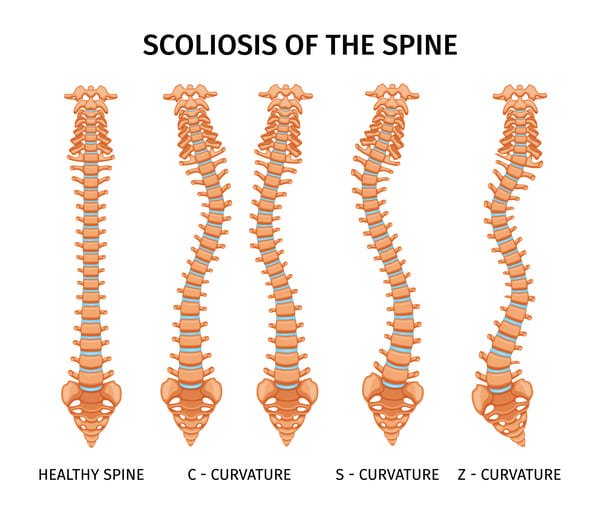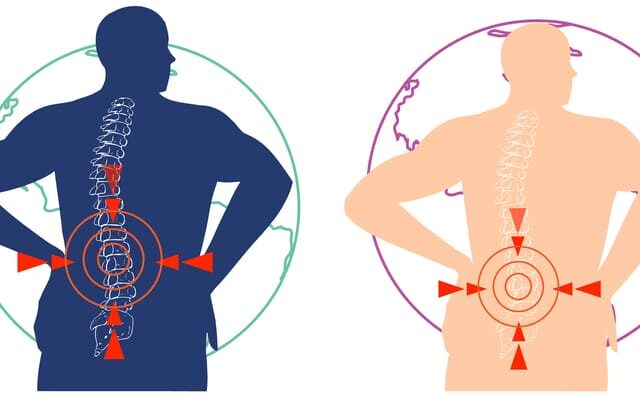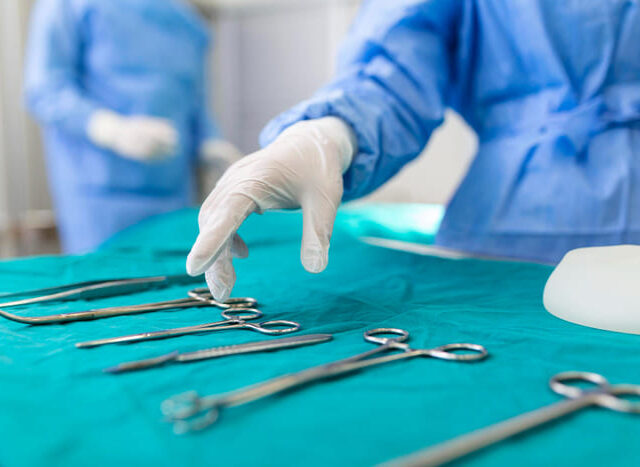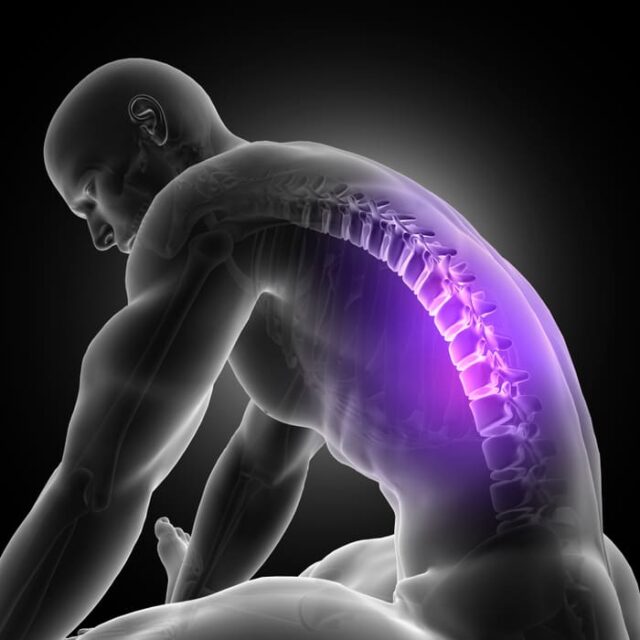Scoliosis is a medical condition that causes an abnormal curvature of the spine. While some degree of curvature is standard in a healthy spine, scoliosis is diagnosed when the curvature is greater than 10 degrees. Scoliosis can develop in anyone but is most commonly diagnosed during adolescence. In some cases, scoliosis is mild and does not cause any significant problems. However, severe scoliosis can cause pain, breathing difficulties, and even deformity.

Causes of Scoliosis
The exact cause of scoliosis is not always clear. Sometimes, it may be due to genetics or inherited from family members. Other times, it may develop due to an underlying medical condition, such as cerebral palsy, muscular dystrophy, or spinal muscular atrophy. In rare cases, scoliosis may develop due to a tumour or infection in the spine.
Symptoms of Scoliosis
In many cases, scoliosis does not cause any noticeable symptoms, especially in mild cases. However, in more severe cases, symptoms may include the following:
- Uneven shoulders
- Uneven hips
- One shoulder blade appears more prominent than the other
- One side of the rib cage appears more famous than the other
- Back pain
- Breathing difficulties


Diagnosis of Scoliosis
Diagnosing scoliosis typically involves a physical exam, medical history review, and imaging tests. During the physical exam, a healthcare provider will look for signs of scoliosis, such as uneven shoulders or hips, and check for any other potential underlying medical conditions. Imaging tests, such as X-rays, MRI, or CT scans, can confirm the presence of scoliosis and help determine the severity of the situation.
Treatment of Scoliosis
The treatment of scoliosis depends on the severity of the condition. In mild cases, monitoring the situation may be sufficient. In more severe cases, treatment options may include:
Bracing: A brace may help prevent further curvature in the spine.
Physical therapy: Physical therapy can help strengthen the muscles surrounding the spine and improve posture.
Surgery: In severe cases, surgery may be necessary to correct the curvature of the spine.
Prevention of Scoliosis
There is no known way to prevent scoliosis, as the exact cause is sometimes unclear. However, early diagnosis and treatment can help prevent the condition from worsening and causing further complications.
Scoliosis is a medical condition that causes an abnormal curvature of the spine. While it can develop in anyone, it is most commonly diagnosed during adolescence. In mild cases, scoliosis may not cause any significant problems, but it can cause pain, breathing difficulties, and deformity in severe cases. Treatment options depend on the severity of the condition, and early diagnosis and treatment can help prevent further complications. While there is no known way to prevent scoliosis, regular physical exams and early intervention can help manage the condition and improve overall health and quality of life.

